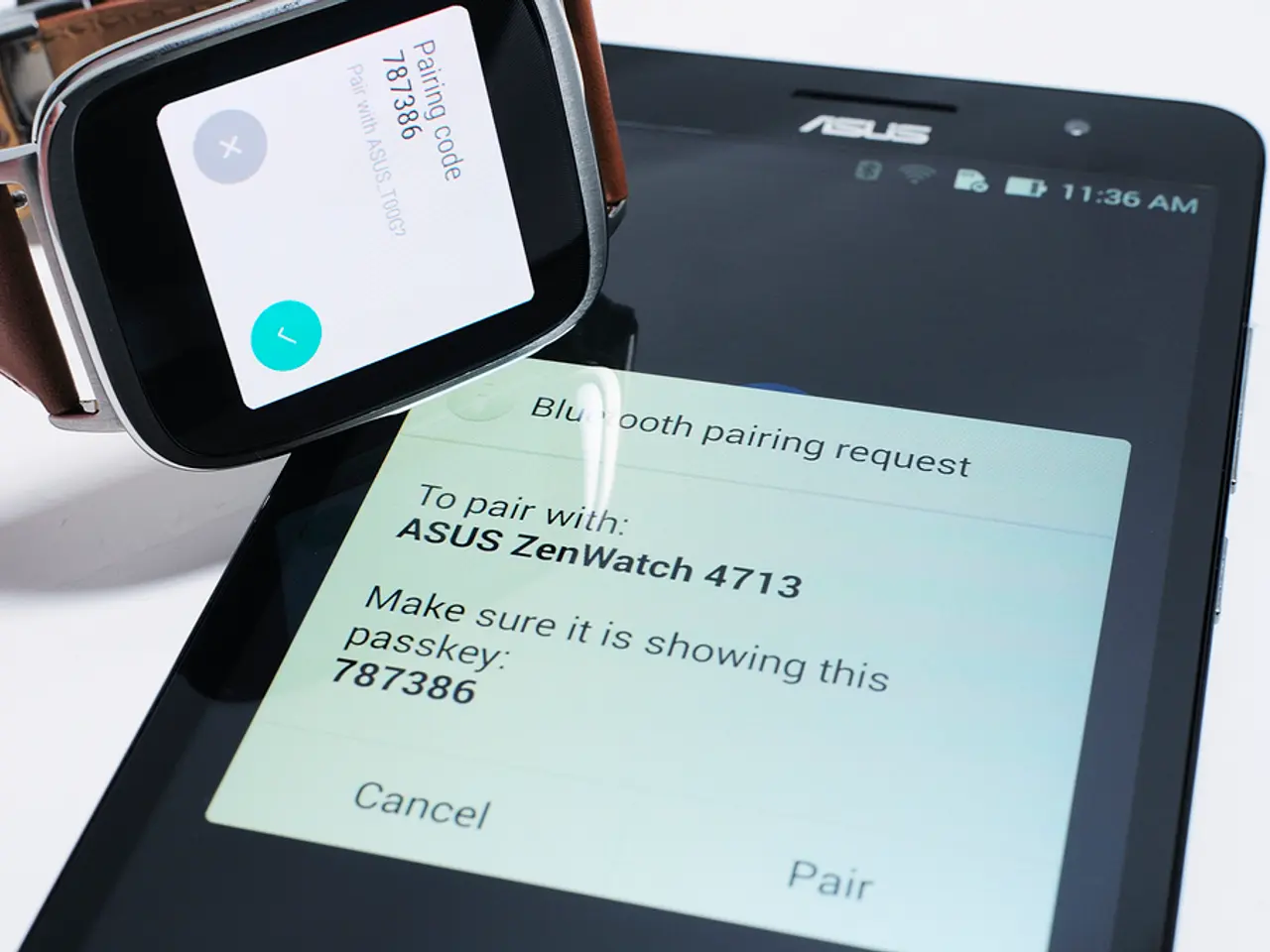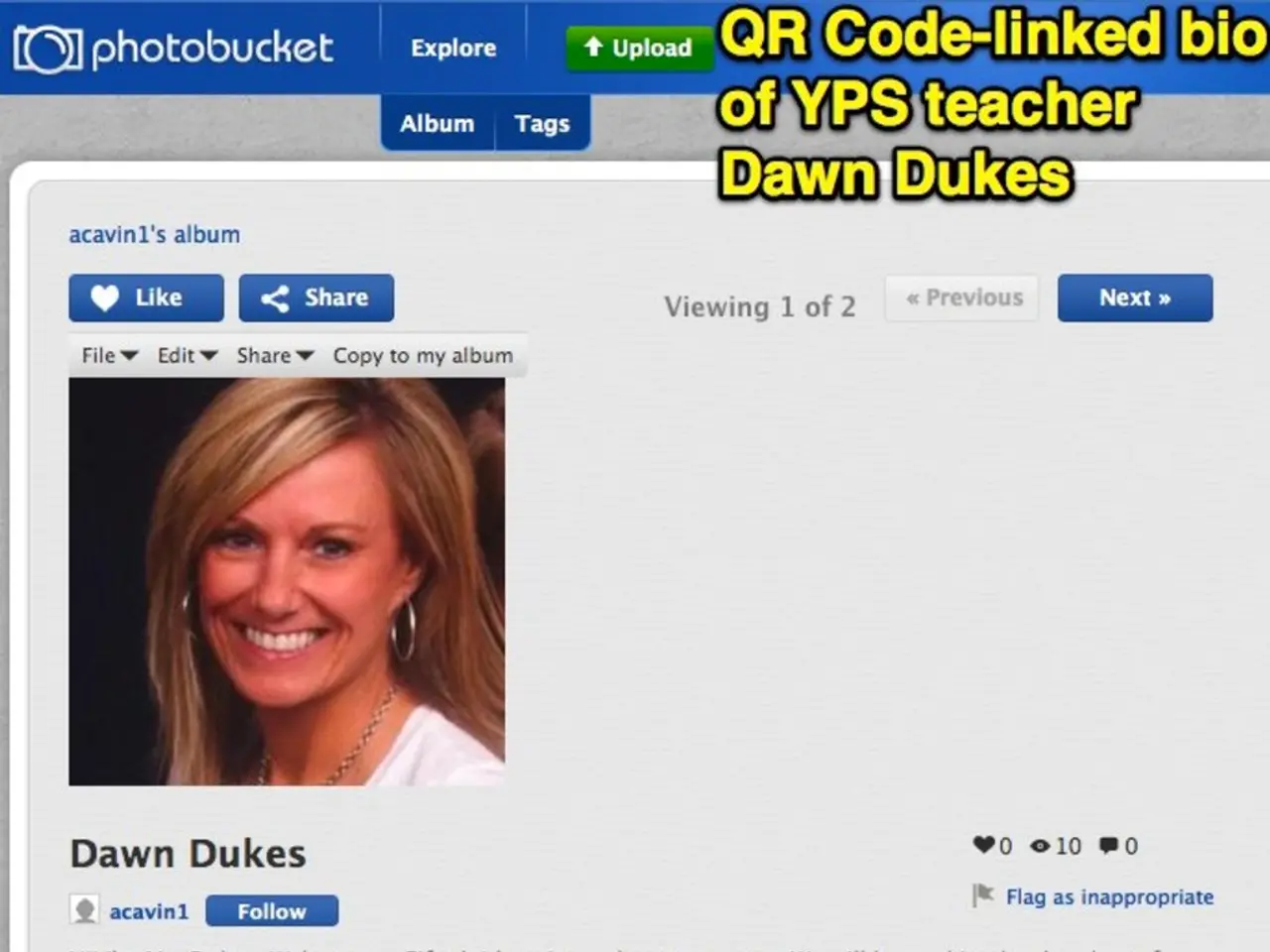Unraveling Complexities: A Comprehensive Handbook for Determining Emissions from Difficult Scope 3 Categories
In the quest to reduce carbon footprint and combat climate change, businesses are increasingly focusing on Scope 3 emissions, which encompass a wide range of activities from the production of purchased goods and services, to the use of sold products, and the end-of-life treatment of those products. This article offers insights into improving the accuracy of Scope 3 emissions calculations for three specific categories.
Category 1 (Purchased Goods and Services): To increase accuracy, businesses should prioritize obtaining supplier-specific primary data instead of relying on generic industry averages. Engaging suppliers deeply to obtain detailed activity data on materials and processes is crucial. The use of prescriptive methodologies like the PACT Methodology, which standardizes product-level carbon footprint data with clear rules and transparency, can also be beneficial. Verifying data through third-party audits ensures credibility. Increasing supplier engagement and traceability across multi-tier suppliers helps overcome data gaps and variability.
Category 11 (Use of Sold Products): To model emissions more precisely, businesses should incorporate real-world usage data and product lifetimes. This includes understanding how the product is actually used by customers, energy consumption patterns, and product efficiency. Scope 3 Insights emphasizes using such real consumption data to improve downstream emission accuracy.
Category 12 (End-of-Life Treatment of Sold Products): Improving data accuracy involves tracking actual waste management outcomes such as recycling rates, landfill, incineration, and recovery processes. Using real-world treatment profiles rather than assumptions can refine estimates. Enhancing circularity by designing products for easier recycling and using materials with lower emissions in end-of-life processes can reduce uncertainties. Access to data on how products are processed, and incorporating the emissions from transportation and treatment powered by renewable energy, can further refine estimates.
In summary, prioritizing direct, supplier-specific data collection and engagement for upstream emissions (Category 1), using empirical, real-world use phase data for downstream product use emissions (Category 11), and obtaining detailed, actual end-of-life treatment data and supporting circular economy initiatives to more accurately model Category 12 emissions are key improvements. Employing standardized methodologies with prescriptive guidance and transparent metadata, such as the PACT, can reduce data variability and improve auditability. Leveraging digital platforms and interoperable data exchanges can facilitate consistent, verifiable Scope 3 data sharing and reporting.
These approaches align with leading methodologies and tools recommended by experts and organizations working to improve Scope 3 emission inventories. It is also worth noting that the Average-Data Method is more accurate than the Spend-Based Method if high-quality average data is available.
- Incorporating supplier-specific primary data, real-world usage data, and actual end-of-life treatment data can significantly improve the accuracy of Scope 3 emissions calculations for purchased goods and services, product use phases, and end-of-life treatment of sold products respectively.
- To achieve better downstream emission accuracy, businesses should focus on understanding how products are actually used by customers, including energy consumption patterns and product efficiency, rather than relying on generic industry averages.
- Adopting standardized methodologies like the PACT Methodology, which offers clear rules and transparency, can help reduce data variability and improve auditability for product-level carbon footprint data.
- To refine Scope 3 emissions estimates further, businesses should consider designing products for easier recycling, using materials with lower emissions in end-of-life processes, and incorporating the emissions from transportation and treatment powered by renewable energy.




